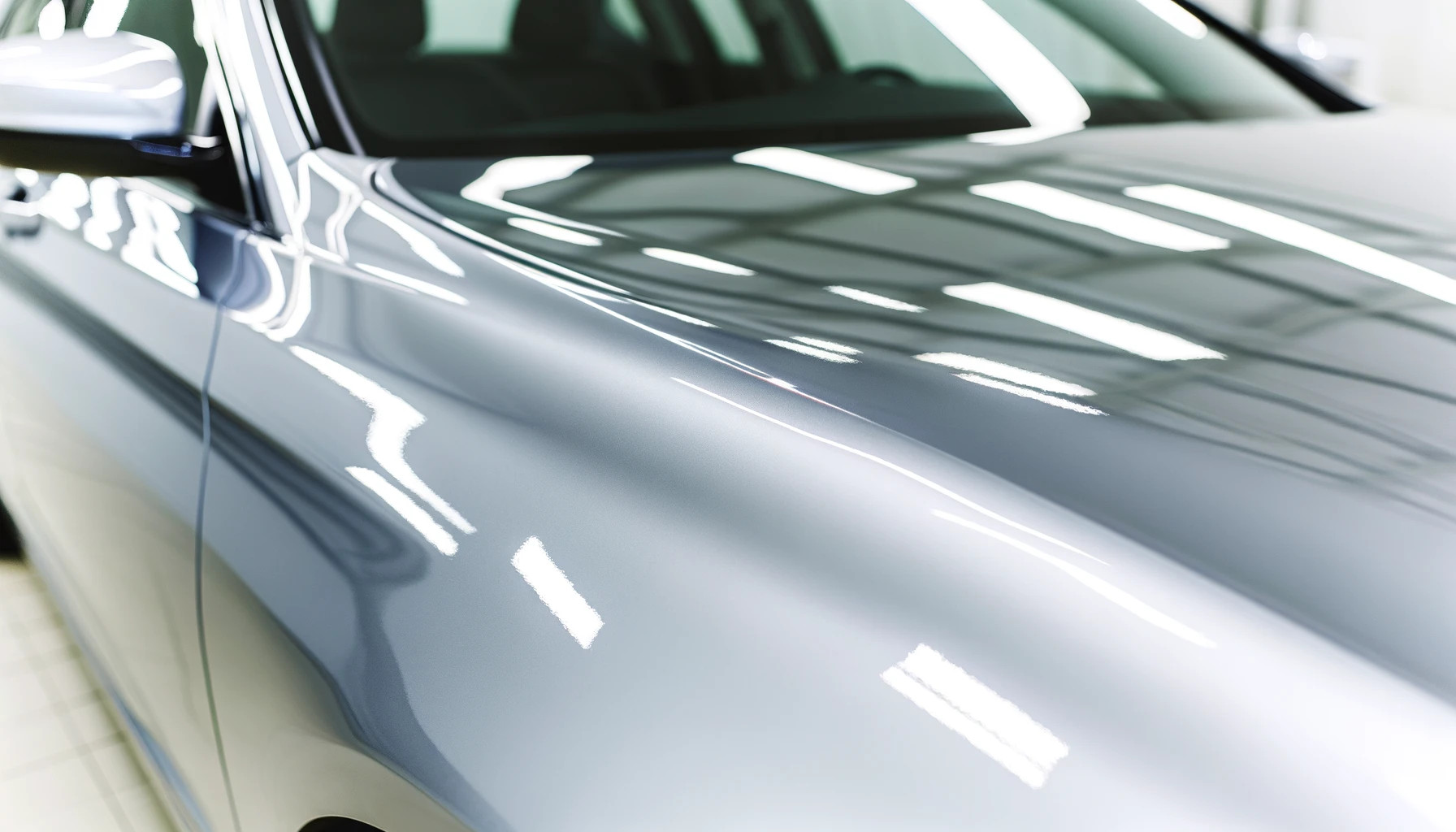After a vehicle accident, the process of collision repair can be daunting. Many car owners find themselves overwhelmed by the various repair options, dealing with insurance claims, and ensuring that the work done is both cost-effective and high quality. This article aims to empower vehicle owners by outlining the key aspects of collision repair, including the different methods available, insurance considerations, and your legal rights.
Overview of Collision Repair Options
Traditional Body Repair: Traditional body repair is the most common method used after vehicle collisions. This process typically involves sanding down the damaged area, applying body filler, and repainting the entire affected panel to match the car’s original color. It is most suitable for severe damage such as deep scratches or dents where the paint has been significantly compromised. While effective for restoring the vehicle to its original look, this method can be time-consuming and often the most expensive due to the extensive labor and materials required.
Paintless Dent Repair (PDR): Paintless Dent Repair is a less invasive technique used to fix minor dings and dents where the paint surface is still intact. Using special tools, technicians manipulate the metal from behind the panel, pushing it back into place without the need for filling and painting. This method is not only quicker but also cost-effective and environmentally friendly as it maintains the original paint. PDR is ideal for smaller dents typically caused by hail or parking accidents.
Replacement of Parts: In cases where the damage is extensive or the structural integrity of the vehicle is compromised, replacing entire parts may be necessary. This can include parts like the bumper, hood, or door panels. When choosing replacement parts, vehicle owners must decide between OEM parts, which are made by the car’s manufacturer, or aftermarket parts, which are typically less expensive but may not always offer the same fit and quality. OEM parts are usually recommended to ensure compatibility and preserve the car’s value.
Insurance Considerations in Collision Repair
Filing a Claim: The first step after a collision should always be to document the damage thoroughly and contact your insurance provider to file a claim. It’s important to have all necessary documentation ready, including photos of the damage, a police report if applicable, and your account of the incident.
Insurance-Recommended vs. Independent Repair Shops: Often, insurance companies will recommend specific repair shops. While these shops typically meet the insurer’s standards and may offer guarantees that align with your insurance benefits, it’s crucial to know that you have the right to choose your own repair shop. Some independent shops might offer more personalized service or quicker turnaround times but ensure they accept insurance and provide warranties on their work.
Understanding Your Policy: Understanding the details of your insurance policy is crucial. Know what your deductible is, what types of repairs are covered, and if there are any limits to the coverage. This information will help you make informed decisions and ensure you don’t face unexpected out-of-pocket expenses.
Legal Rights of Vehicle Owners
Right to Choose the Repair Shop: You have the right to select the repair shop where you want your vehicle to be serviced. This is important because it allows you to choose a shop that you trust, regardless of your insurance company’s recommendations.
Right to a Safe and Proper Repair: Legally, any repairs performed must restore the vehicle to a safe operating condition. If a repair shop cuts corners or performs a substandard job, you are entitled to have the issues corrected at no additional charge.
Warranty on Repairs: Most reputable repair shops will offer a warranty on their work. These warranties can vary significantly, so it’s important to understand the terms and conditions. A good warranty will cover both parts and labor for a specified period.
Navigating Repairs with Safety and Value in Mind
Safety Considerations: Post-repair, your vehicle should be as safe as it was before the accident. It’s advisable to have repairs inspected independently to ensure they meet safety standards, especially after significant structural work.
Resale Value: The type of repairs your car undergoes can affect its resale value. Repairs using OEM parts and maintaining original paint with techniques like PDR can help preserve the vehicle’s value better than those involving aftermarket parts and extensive repainting.
Conclusion
Understanding your options and rights when it comes to collision repair can make a significant difference in the repair process, both financially and in terms of satisfaction with the results. Being informed and proactive can help ensure that your vehicle receives the best possible care, maintaining both its safety and its value. It’s important to remember that while this article provides general guidance, the specifics of legal rights can vary by jurisdiction. For advice tailored to your particular situation, particularly concerning your legal rights, always consult with a qualified attorney. The decisions you make immediately following an accident can impact your vehicle for years to come, so professional advice is key.

